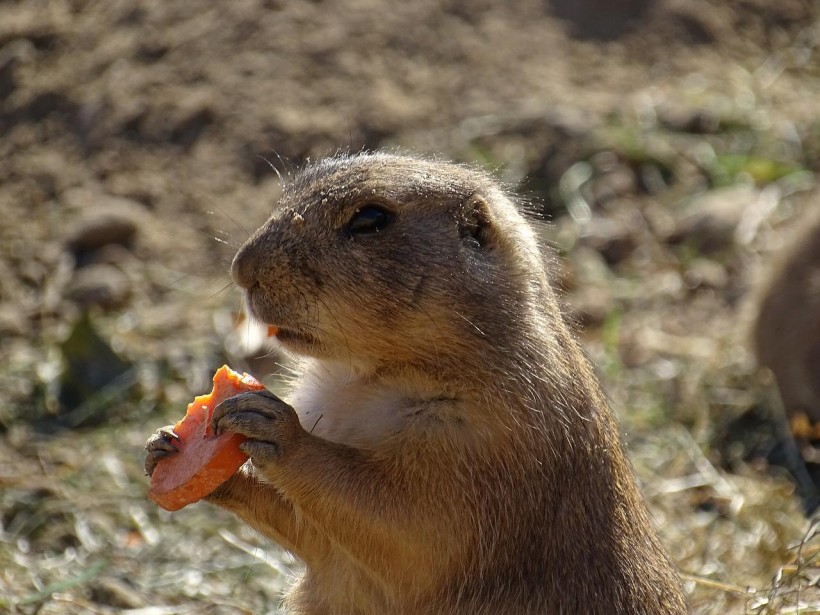New research reveals that southeastern pocket gophers (Thomomys bottae) have joined the farmer mammal family, making them and humans the only known species to farm for a living.
Although these rodents cannot be spotted farming on the surface, the tell-tale mounds of sandy soil dotting the field contain a labyrinth of winding tunnels hundreds of feet long where they tend the recently discovered root farms. Scientists say that pocket gophers keep ahead of their energy-intense burrowing lifestyle by tending to root systems through their networks of tunnels.

Pocket Gophers Join Humans As the Only Species That Farm Their Food, study Reveals
Pocket Gophers Much of Their Life Burrowing
According to the National Wildlife Federation, pocket gophers got their name from their fur-lined cheek pouches or pockets that they use for transporting bits of plant food as they forage underground. They have adapted to a burrowing lifestyle through their clawed front paws used for digging, small eyes and ears, and sensitive whiskers and tails.
Pocket gophers also use their long incisor teeth to loosen soil and, at the same time, close their lips to prevent any soil from getting dirt in their mouths. They spend almost all their lives underground, excavating horizontal tunnels that are approximately about 525 feet (160 meters) in length.
They are the most widespread North American species in the Great Plains region. These rodents love loose, sandy soil with edible plant cover and usually set up their habitats in lawns and crop fields, much to the dismay of homeowners and farmers.
Their diet mainly consists of plant roots that they access through the tunnel systems they dug, New Scientist reported. So scientists from the University of Florida wondered if these creatures are digging to get more roots that they find while tunneling. Another scenario they are looking into is that pocket gophers revisit tunnels to eat roots that grow back thanks to the nutrients from the feces gophers spread within the tunnels.
ALSO READ: Hydroponics Farming Is the Next-Gen Food Production Technology
First Non-Human Mammalian Farmers
The study, titled "Root Cropping by Pocket Gophers," which is published in the journal Current Biology reveals that pocket gophers get the 20% to 60% of their energy from farmed roots.
Study author Francis Putz, Distinguished Professor of Biology at the University of Florida, Gainesville said that the southeastern pocket gophers are the first non-human mammalian farmers. Farming is a behavior observed in some species of ants, beetles, and termites but not in other mammals except for humans.
In an email to ZME Science, Professor Putz wrote that the research was done because of general interest in the natural history of these rodents that are not well-studied. Veronica Selden, the first author of the study, has started investigating pocket gophers and asked Professor Putz about what might be the first clue that gophers farm their food.
They found that gophers do not just eat roots they find while digging. They also nurtured it using their waste. They also like to work on their tunnels independently rather than with a group unlike humans. Scientists believe territorial behavior explains their heavy reliance on their root crops for survival.
The team argues that as pocket gophers employ a system that promotes the growth and development of roots that they harvest, later on, these animals are essentially farming. That means these tunnels are not just homes or storage space but are akin to crop fields.
RELATED ARTICLE: Biodegradable Farming Alternatives May Answer Call to Resolve Plastic Content in Food
Check out more news and information on Animals in Science Times.














